Engine misfires and intermittent starting issues can indicate underlying mechanical problems. In such cases, the most prevalent cause is a malfunctioning ICP sensor 6.0 Powerstroke.
Recognizing the importance of addressing this issue promptly, this article aims to provide an in-depth understanding of the common symptoms associated with a faulty ICP sensor 6.0 Powerstroke.
By identifying these warning signs, readers will be equipped with the knowledge necessary to effectively troubleshoot and resolve any potential issues with their vehicle's performance.
Signs Of A Bad 6.0 Powerstroke ICP Sensor?
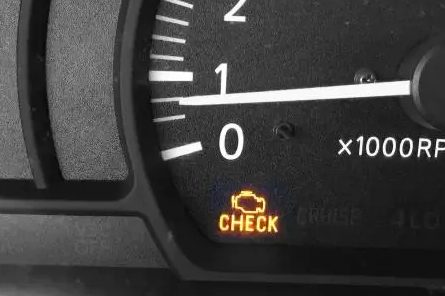
Certain indications may alert an individual to the possibility of a malfunctioning ICP sensor. However, these signs cannot guarantee that the ICP sensor is faulty. Instances such as misfires, surging or stalling when coming to a complete stop, rough idling, and bucking are all potential indicators that prompt further investigation into the condition of the ICP sensor. It is imperative to note that there may also be additional symptoms present when the ICP sensor fails.
6.0 Powerstroke Bad ICP Sensor Symptoms:
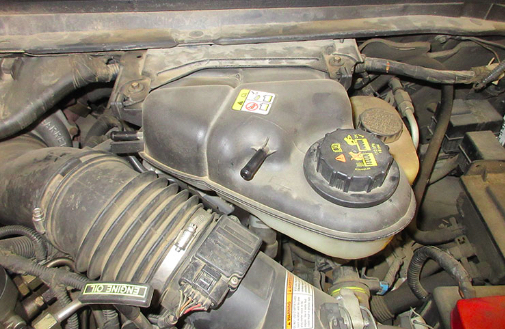
One may experience certain indications and manifestations that suggest potential issues with their vehicle's ICP. If encountering such symptoms, thorough inspection and prompt servicing of the ICP at authorized centers are necessary. Further details on identifying a faulty ICP sensor 6.0 Powerstroke can be found in the subsequent sections of this article.
Starting Issue
Frequent occurrences of starting problems can often be attributed to a faulty ICP sensor. In such situations, the engine may experience difficulty in starting up due to perceiving it as a system malfunction. Additionally, other related issues may also contribute to starting difficulties. It is crucial for individuals to promptly address and resolve any concerns about their ICP sensor to ensure the efficient functioning of their engine and prevent further complications.
Engine Misfires
As a critical component in the engine's functioning, an impaired ICP sensor can harm its performance. Notably, one of the prominent symptoms of a malfunctioning ICP sensor is an engine misfire. This issue arises due to the disruption of the fuel mixture caused by the damaged sensor. The resulting decrease in efficiency and power output can significantly impact the overall functioning of the engine. Therefore, it is essential to regularly monitor and maintain the ICP sensor to ensure optimal engine operation.
Decrease In Power, Acceleration, And Fuel Economy
When a sensor malfunctions, a noticeable decline in both power and acceleration can occur. These effects are often quite pronounced, making it difficult to achieve the desired level of performance when attempting to accelerate quickly. While these symptoms may suggest an issue with the sensor itself, it is important to conduct a thorough diagnosis as they can also indicate other engine problems. Taking the time to identify the root cause properly will ensure that any necessary repairs or replacements are completed accurately and efficiently.
Locked Brake
In certain circumstances, individuals may encounter difficulties with brakes becoming locked due to faulty ICP sensors. These engine malfunctions can also lead to problems with the brake system, which can be quite daunting for those affected. While these occurrences are not common, they should still be addressed promptly and effectively to ensure the safety and well-being of all involved parties.
Lights On The Dashboard
The presence of illuminated lights on the dashboard is one of the most noticeable symptoms that require immediate attention. Specifically, the Check Engine Light serves as a warning sign for potential issues with either the injector control pressure sensor or its corresponding circuit. Given the complexities and potential severity of such problems, it is highly recommended to have the computer system scanned for any trouble codes to identify the root cause and address it promptly and accurately. Ignoring a lit Check Engine Light can lead to further complications and potentially costly repairs.
Showing Codes On Screen
On the computer screen, a variety of codes, including P2285, may appear. These codes indicate potential issues with the injector control pressure sensor (ICP). To ensure the proper functioning of the ICP sensor, it is important to inspect for any malfunctions if such codes are displayed thoroughly.
💥See also: 6.0 Powerstroke Map Sensor
What To Do When You Detect A Bad ICP Sensor 6.0 Powerstroke?
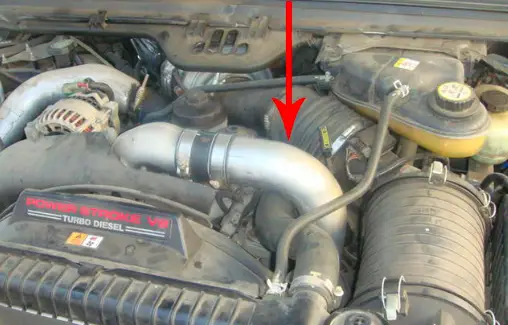
Upon noticing the symptoms above, a thorough diagnosis should be conducted. The connections within the engine housing must be examined for any signs of oil leakage from the ICP. In case of a leak, immediate action must be taken to address it.
However, even without any visible leaks, there could still be underlying issues with the sensor. To determine this, the engine can be started, and the pigtail of the ICP can be unplugged. By observing if there is an improvement in motor idle or not and using a scanner to monitor live data changes on the screen, one can further assess whether there are any problems with the sensor.
Furthermore, unplugging the ICP sensor altogether and observing how the engine performs can provide valuable insight as well. It should also be noted that in cases where data from the ICP sensor is not received by the PCM (powertrain control module), it will default back to an idle control pressure (ICP) of approximately 700 units. A properly functioning sensor would have an idle speed of around 500 units.
The individual experiencing difficulties with ICP may find further clarification by following the subsequent procedure:
- The technician carefully inspects the ICP pressure and voltage on their monitor, ensuring that the accuracy of the ICP voltage is within specifications.
- Throughout the entire line connecting the ICP to the PCM, a thorough examination of the harness is conducted without delay.
- Any irregularities or malfunctions are promptly noted and addressed efficiently by our knowledgeable team.
- To verify integrity, all reference, signal, and return pins allocated for use with the ICP on the PCM connection are thoroughly checked by our skilled technicians.
- Our experienced professionals ensure a secure connection between both components is established through proper alignment and connection of both PCM and ICP pigtail via harness integration.
Once the ignition is activated, a thorough inspection of the ground and reference at the pigtail with the appropriate tools, such as a meter or scope, will ensure proper functioning if difficulties arise in starting the vehicle:
- A thorough examination of potential electrical interference and subsequent reconnection of the ICP is recommended to initiate engine start-up. It is advised to closely monitor both the reference and signal on the scope for any indications of signal loss.
- In cases where the above method proves unsuccessful, it may be necessary to sever the pigtail and disengage the ICP, allowing for intervention by the PCM.
- If all other attempts at resolving issues with the ICP have been exhausted, seeking guidance from a reputable mechanic before purchasing a new sensor would be a prudent course of action.
Is Replacing An ICP Sensor On 6.0 Powerstroke Typically Expensive?
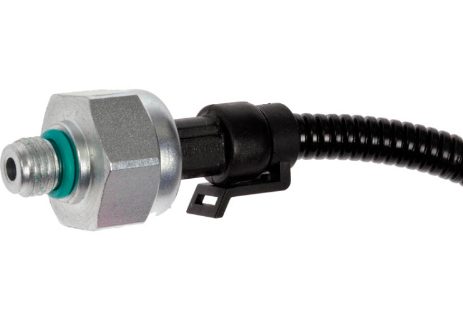
One can easily obtain an ICP sensor replacement at a reasonable price, as it is not considered to be a costly purchase.
However, the process of changing the sensor will require additional expenses for labor and potentially other associated costs. The ICP typically ranges from $140 to $220, while labor fees can amount to approximately $70-$150.
Additionally, one may also need to purchase a pigtail connector, which usually costs between $15-$60.
In total, the overall expense of replacing an ICP sensor could range from $225-$430. This figure may vary depending on where the parts are purchased and where the work is performed.
👀Look at this: 6.0 Powerstroke Sensor Locations
How Often Should You Inspect Or Service An ICP Sensor On 6.0 Powerstroke?
Regularly checking the ICP sensor is optional, as it is uncommon for these sensors to malfunction recently.
However, there have been cases where some individuals identified faulty sensors. Although the sensor may continue to function properly, it is recommended that its health be regularly monitored and maintained just like any other component of the engine.
During routine engine checks, one should inspect the pigtail and ICP connections, as well as those between the ICP and PCM systems. If indications such as oil leakage or other symptoms are observed, seek assistance from a servicing center.
Additionally, following scheduled maintenance intervals for both the engine and vehicle can lead to cost savings in the long run.
Final Thoughts
The proper functioning of a vehicle's engine relies heavily on the ICP sensor, which is responsible for regulating oil injections. A malfunctioning or faulty sensor can lead to various complications and inconveniences while driving. Therefore, regular maintenance and servicing of one's car is highly recommended for an optimal driving experience.
If any symptoms related to the ICP sensor are observed, proper diagnosis followed by repair or replacement is advised. Neglecting to address such issues may result in further damage to the vehicle and potential safety hazards on the road.
Was this page helpful?

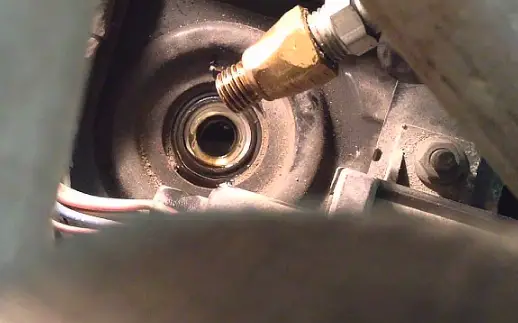
More important content about Tips and Advice
Porsche Cayenne Years To Avoid
Subaru Legacy Years To Avoid - 5 Worst Years
Pt Cruiser Years To Avoid
Use 5w30 instead of 0w20 - Advantages and Disadvantages
Tractor Dashboard Symbols And Meanings
Tips and Advice
Subaru Legacy Years To Avoid - 5 Worst Years
Pt Cruiser Years To Avoid
Use 5w30 instead of 0w20 - Advantages and Disadvantages
Tractor Dashboard Symbols And Meanings
Suzuki Sx4 Years To Avoid - 5 Worst Years
Cummins ISX Years To Avoid and Why